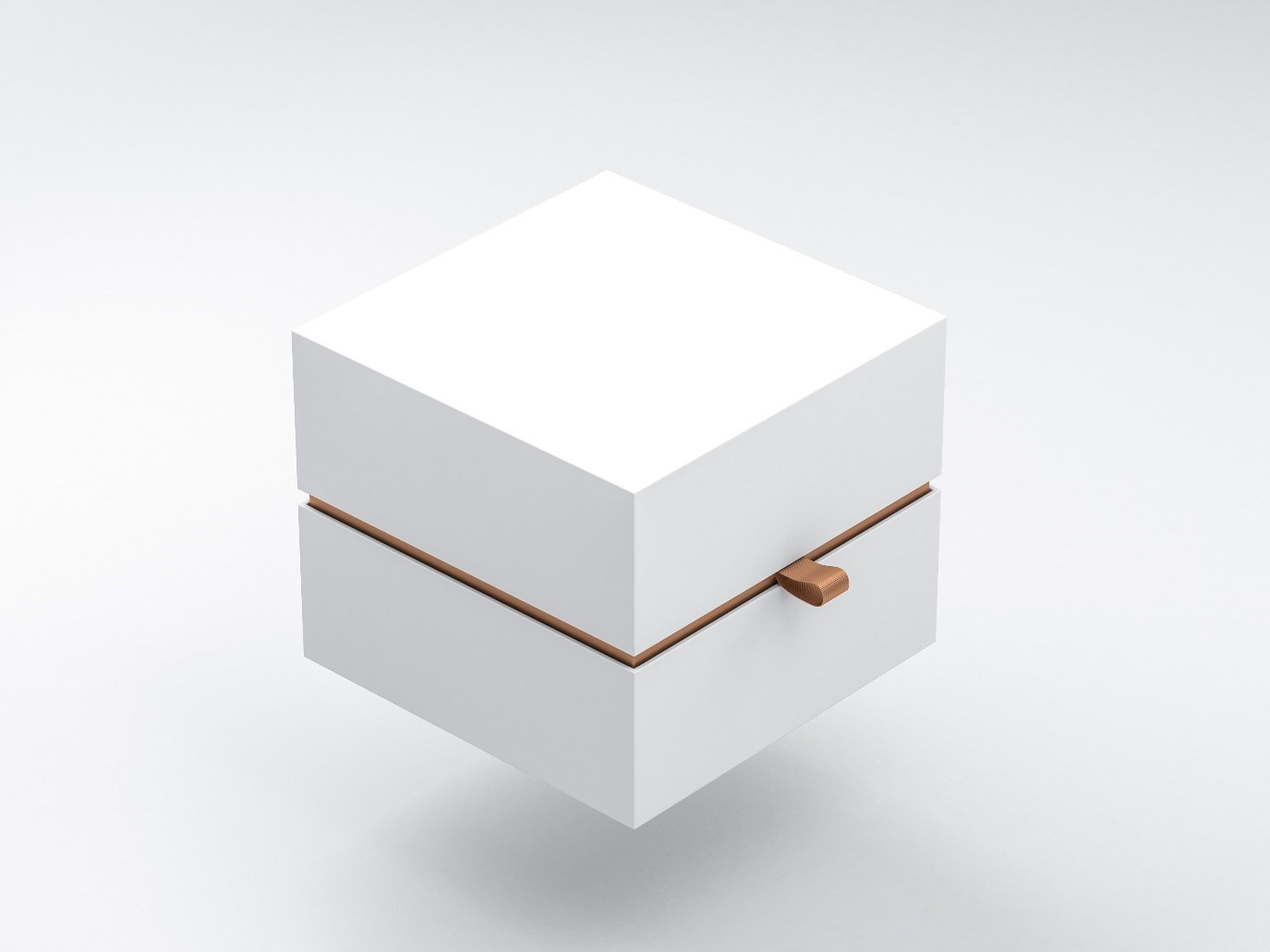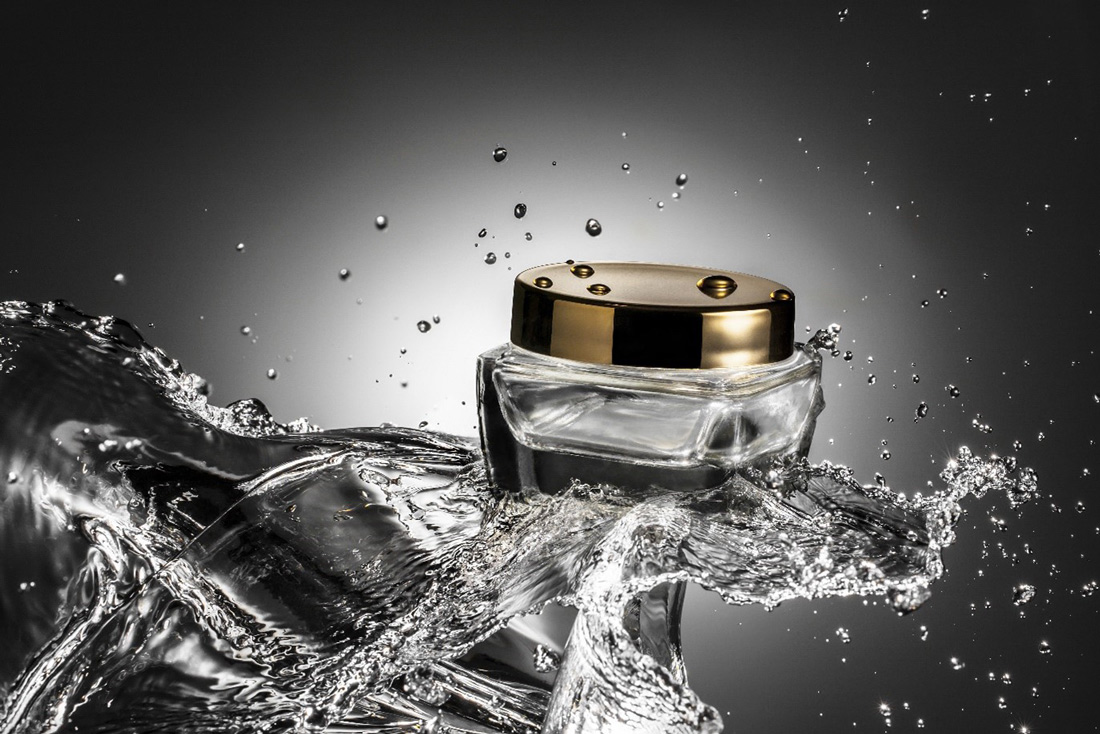
As the retail environment becomes increasingly overcrowded – particularly the fashion and beauty industries – brands operating in these sectors need to find innovative ways to appeal to their customers, both from a consumption standpoint, as well as sustainability.
The Caroline Herrera lipsticks immediately stand out as a perfect example of how brands can innovate to meet these demands, as not only does the cosmetic formula cater to the needs of the consumer, but the exterior tube has been a huge reason as to why this product has earnt its place in makeup bags across the globe.
With this higher increase in demand for personalisation, spanning further than just product packaging but also taking form in customer communications, it’s clear to see that consumers want things in their own way and on their own terms.
When done right, brands can gain greater engagement, even in the current commercial climate, meaning we’re seeing more and more brands stepping up with their own innovative ways to tailor their product offering, including their packaging, to meet this demand.
Stand out from an oversaturated market
When it comes to the beauty industry, consumers are often faced with a multitude of offers and brands to choose from, with many brands boldly claiming that they’re the next big thing that can answer to our vanity woes.
However, with such a variety, it can be had for the humble consumer to keep up, meaning they’ll often stick with what they know, unless something truly ground-breaking comes along to budge their opinion and/or loyalty.
For many, the idea of packaging may not strike as immediately ground-breaking, however, it does actually play a significant role in generating interest and attracting the attention of consumers, which is often the first and most important step in winning over potential prospects.
Within physical retail, this is certainly the case, as cosmetic products rely on this sales channel due to a lack of online alternatives when it comes to accurate colour matches, patch tests and the still-popular beauty counter makeovers.
Therefore, the way in which a brand uses packaging will be a sure-fire way to grab the attention of customers, and by adding sustainable elements to the mix, brands can also guarantee stronger customer engagement and longer-lasting relationships.
Why is this? Because customisation can help brands to forge stronger, deeper, more emotional connections with their customers.
DIY and the “IKEA effect”

The famous theory, aptly named after the Swedish furniture franchise, can be linked to the phenomenon.
You may be wondering how customisable cosmetics link to DIY furniture…
It’s not the products themselves that are alike and comparable, but more the processes behind them.
The IKEA effect theory suggests that pleasant perceptions of products and deeper connections with brands are formed when a consumer has more involvement during the building and development stages.
For example, we’re all familiar with the feeling of satisfaction and pride we get once we’ve successfully constructed a piece of IKEA furniture, from its mere beginnings of separate parts and hundreds of screws to a now sturdy, solid piece.
The same can apply for customisable goods, such as makeup, as consumers are more likely to feel a deeper connection to items that they have, in a sense, helped to build.
In regards to cosmetics and healthcare, brands such as Clinique and Function of Beauty are leading the way when it comes to instilling customisability within product formulation, allowing consumers to choose from a selection of scents and ingredients to create something that feels truly custom and bespoke, completely tailored to their preferences and needs.,
On the other hand, Caroline Herrera enables customisations at the packaging level so consumers can have a product that looks the way they want it to, which for some, is more important than the product itself.
Both types of customisations are important for evoking these deeper feelings and connections and helping consumers to for more positive perceptions towards a product as they have played a fundamental role in its creation.
How does emotion connect to commercial success?
When you examine the behaviours of the modern-day consumer, the answer quickly becomes clear.
Today’s consumers prefer products that feel more personal to them, custom made to cater directly to needs and preferences, rather than mass-produced items.
In fact, figures show that as many as 1 in 5 consumers are willing to pay 20% more for items that meet these exact criteria.
These stats alone demonstrate the sheer value for brands in creating customisable cosmetics and going further than the product itself by also incorporating this customisability into packaging elements.
There is real potential for brands when they go above and beyond to meet their customers’ needs and expectations. By doing this, brands can work towards achieving a positive perception of their brand from potential prospects that can soon transcend into loyal customers, resulting in advocacy and organic word of mouth promotion.
Do you need help with customisable packaging solutions?
At Delta Global, we pride ourselves on providing luxury and sustainable packaging solutions to businesses operating in a wide range of industries.
To find out more about how we can help, get in touch with the team today to discuss your unique project.
